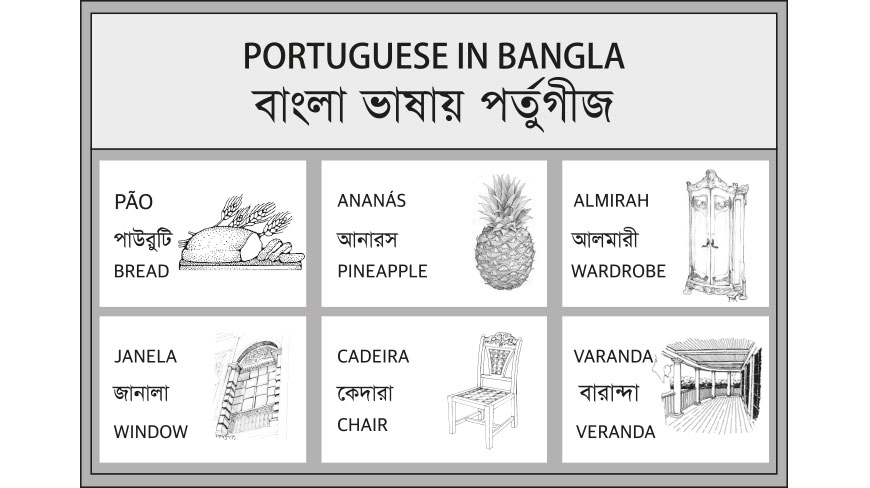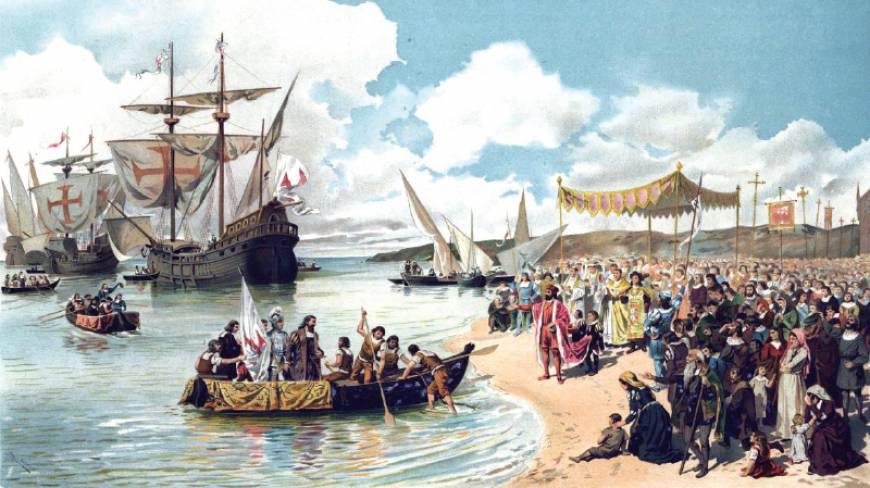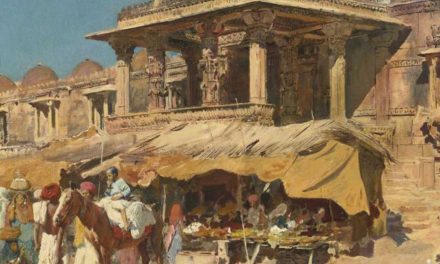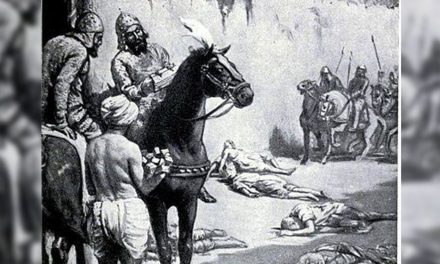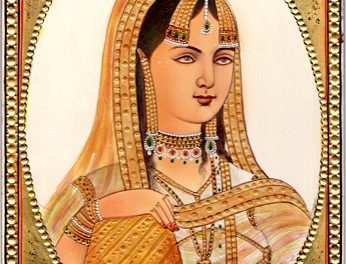All foods have history; where they originated from, what they looked like the first time they were seen as consumable and how they’ve evolved throughout the years. We take their history for granted because to us it’s just food; we don’t see it as something to have an interesting past. But a lot of the food we have on a day-to-day basis nowadays have come from places we’d least expect them to, which is why we are going to look into the history of foods brought to South Asia by the Portuguese and the surprising amount of our daily consumption they had a part in.
After the Portuguese settled in India, they set on a mission to raid the coasts of Bengal. In 1512, a fleet of four ships arrived in Chittagong from Goa under the command of João da Silveira, the first Captain of Portuguese Ceylon. After receiving permission from the Sultan of Bengal in 1528, they were finally able to establish factories and custom houses in the Port of Chittagong, setting up a naval base and fort in Firingi Bandar.
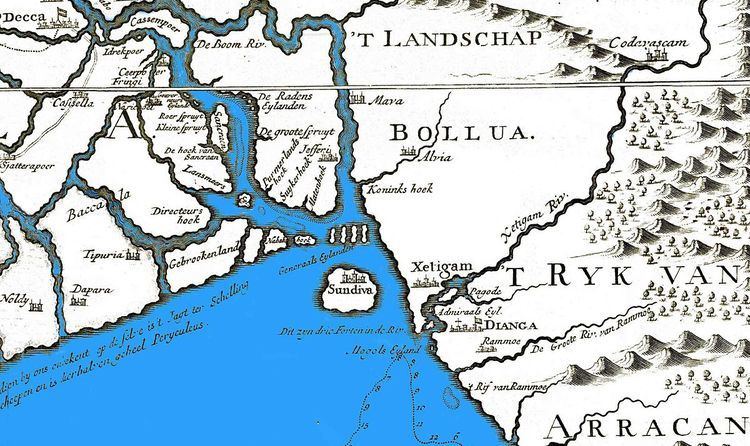
Firingi Bunder, Chittagong (Xatigan in Portuguese)
By 1602, they conquered over Swandip island and its surrounding areas. Eventually, they were able to take sole control of Bengal’s trade with Europe, having Saptagram, Chittagong and Bandel as their main trade points, bringing in hundreds of ships loaded with imported goods, salt being one of the main ones. About 300 ships sailed in each year only carrying sacks of salt. Thus, Sandwip became very well known for its salt industries at that time.
The Portuguese, however, refused to share the profits made from trade with the Mughals. This enraged Shah Jahan, the one in rule at that time, and he prepared to raid the main center of the Portuguese’s trade at Hooghly. Alas, the Portuguese were defeated by the Mughals, who then took over both Chittagong and Hooghly.
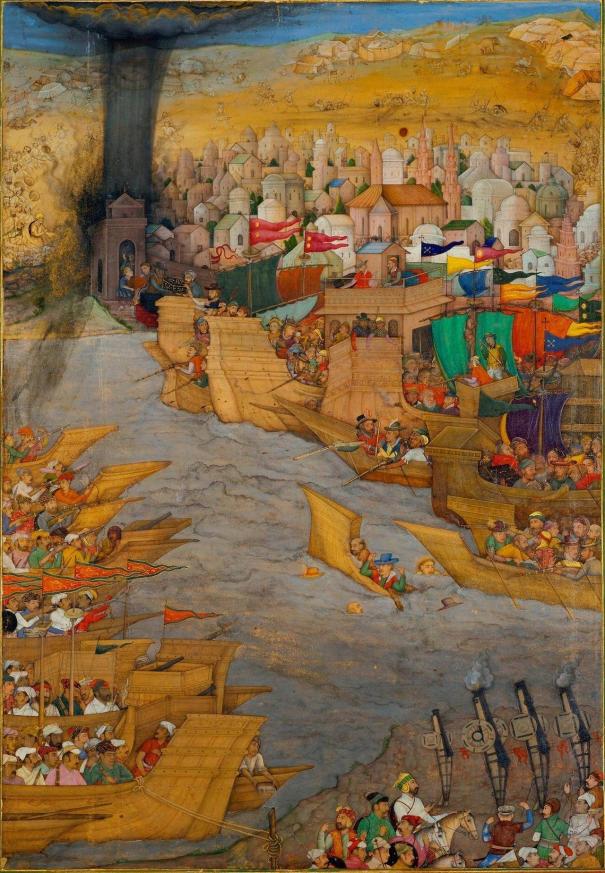
A depiction from a scene during the battle between the Portuguese and Mughals where the Portuguese were eventually defeated.
The Portuguese then had to retreat to Bandel, a town on the outskirts of Hooghly. Due to their battle with the Mughals, they were fewer, thus having to employ local cooks of Bandel. The Portuguese ate curdled cheese, which was never done in South Asia before. Curdling milk was considered a bad omen in Hinduism. But the employed cooks had to learn the techniques which led to them popularizing it. It amalgamated with the local dishes, creating the famous Bandel cheese.
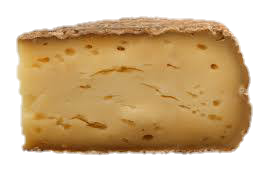
The famous Bandel cheese, left behind by the Portuguese.
It’s astonishing to think that if it weren’t for the Portuguese, we wouldn’t have sweet delicacies like sandesh and rasgulla, both of which are made from splitting milk.
They also brought in a lot of the common vegetables we have today, like potatoes, tomatoes, groundnuts, corn, papayas, pineapples, cashews, capsicums and a lot more. Many of our dishes now wouldn’t have been possible without these vegetables.
Moreover, the famous Indian street food pav bhaji wouldn’t have been if it weren’t for the Portuguese introducing pav to the subcontinent. The word comes from the Portuguese word pão which means bread. Pav is also said to get its name because the dough is kneaded using feet to speed up the process. Prior to this, Indians mostly had unleavened bread like chapati and roti. But soon the popularity of pav spread all over Bombay, becoming a part of the city’s culture and a portion of staple street food in India.
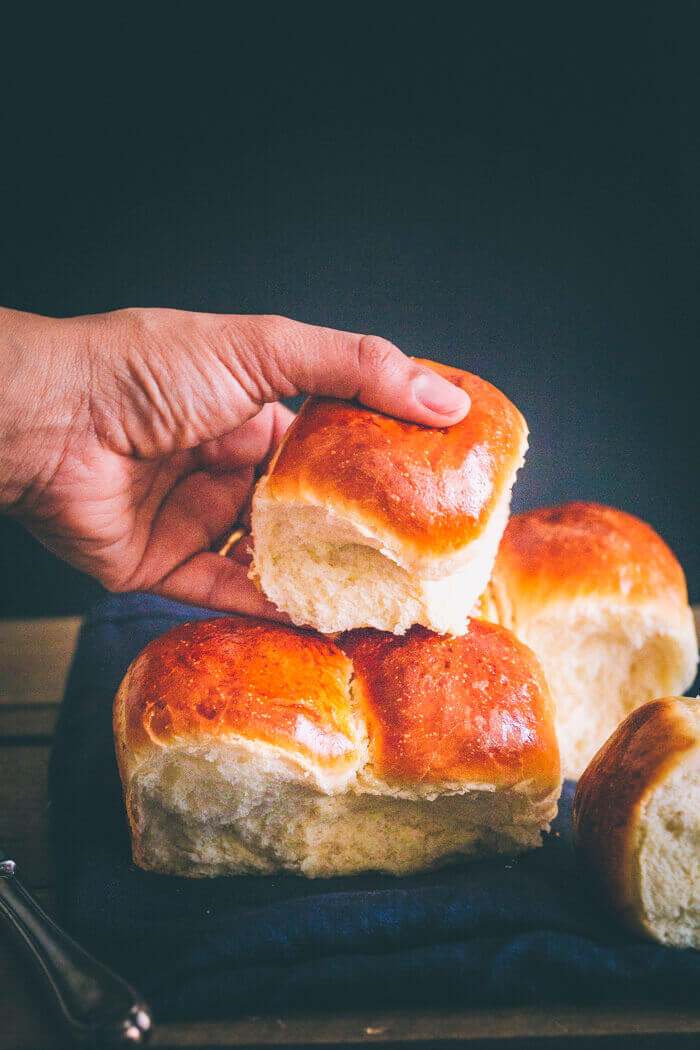
Modern day “Pav” is actually of Portuguese origin and the derives from the word “Pão” which means bread in Portuguese.
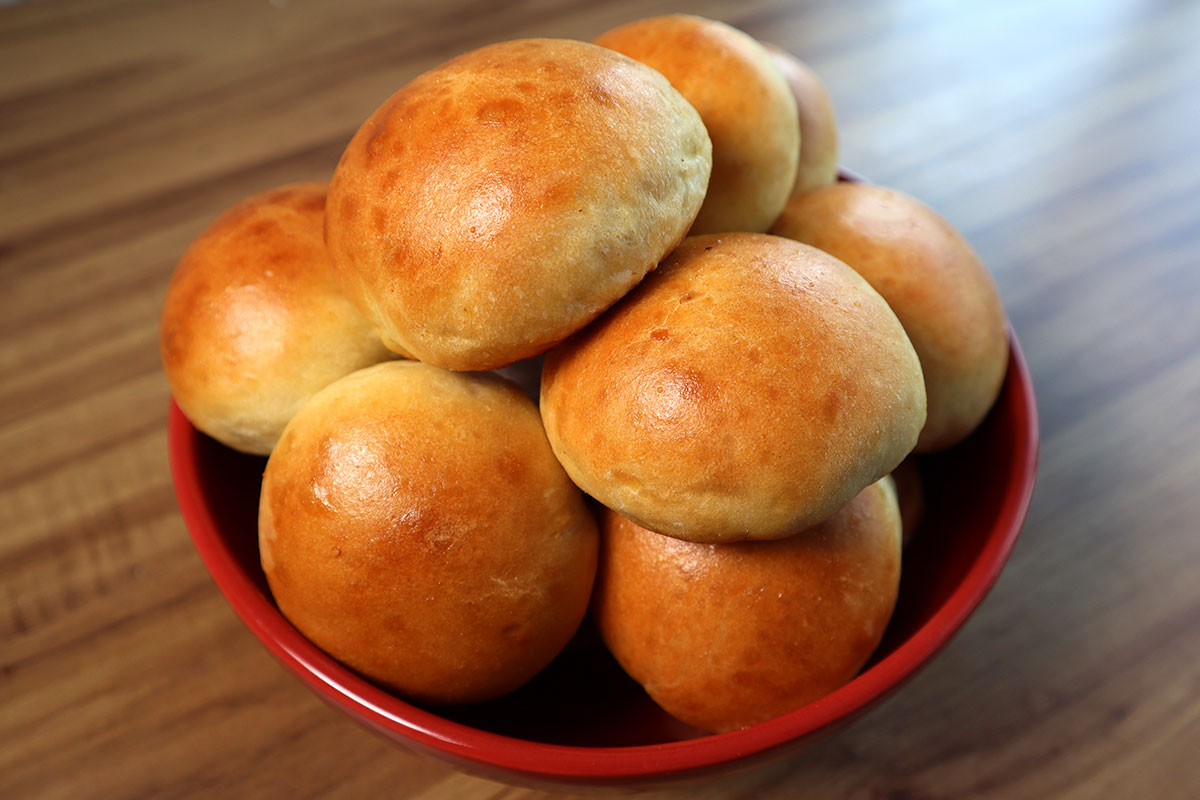
A Portuguese “Pão”. The resemblance with the Indian “Pav” is uncanny.
Even though by the 18th century, the presence of the Portuguese had dwindled to nothing, their cuisines and creations will still live on in our everyday life forever.
